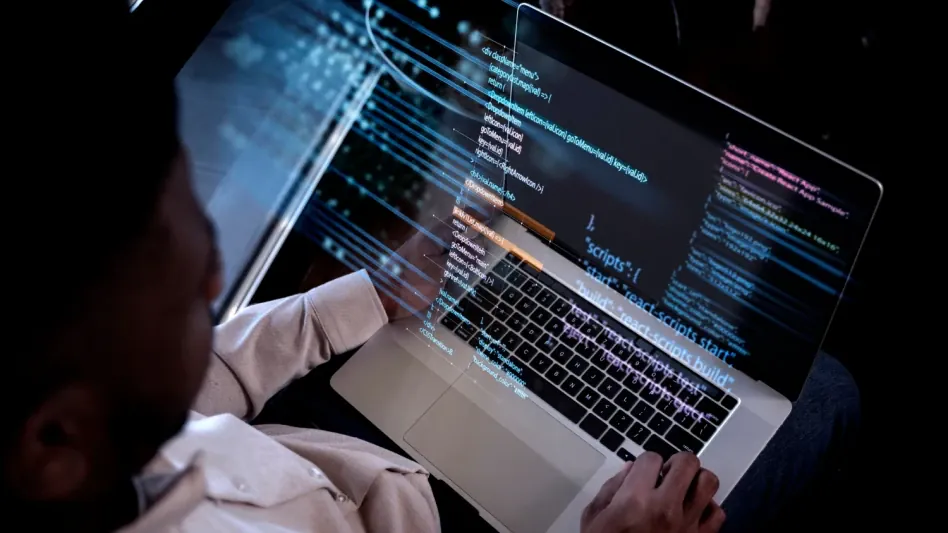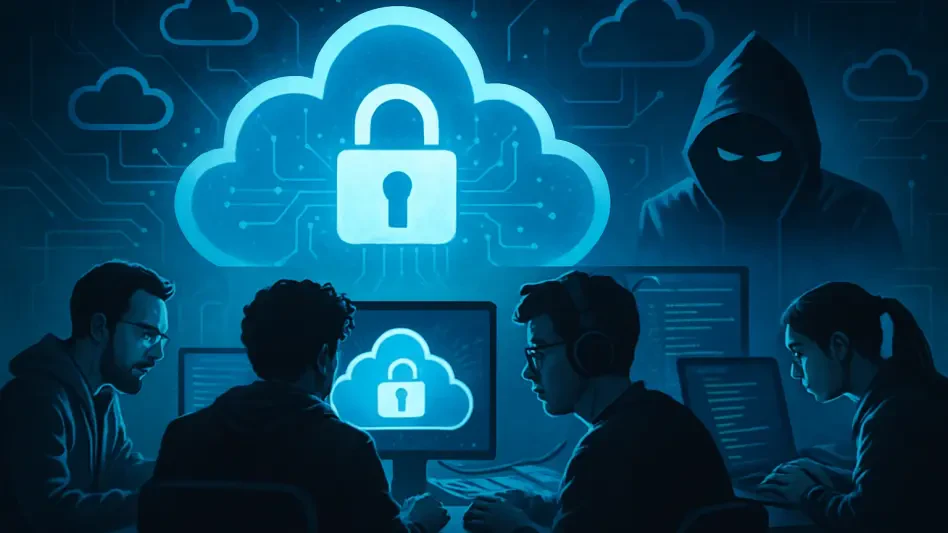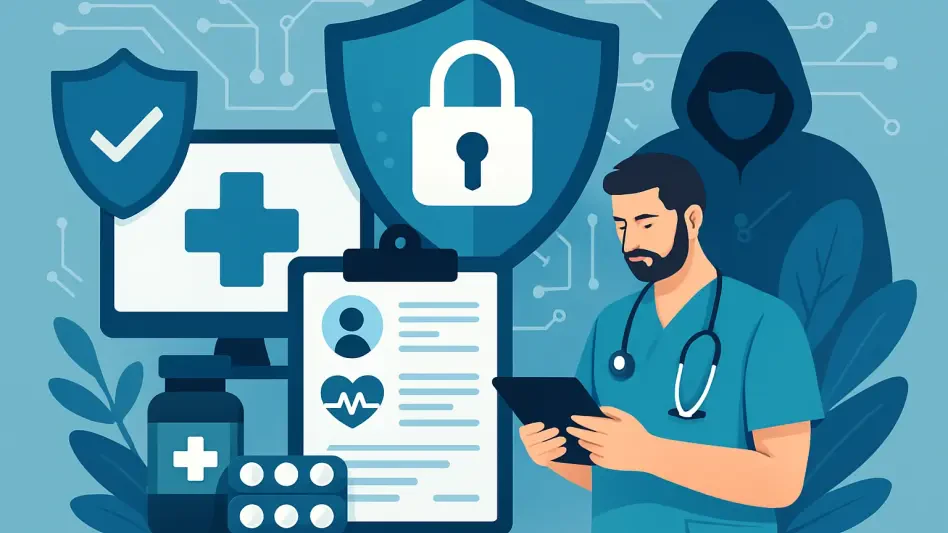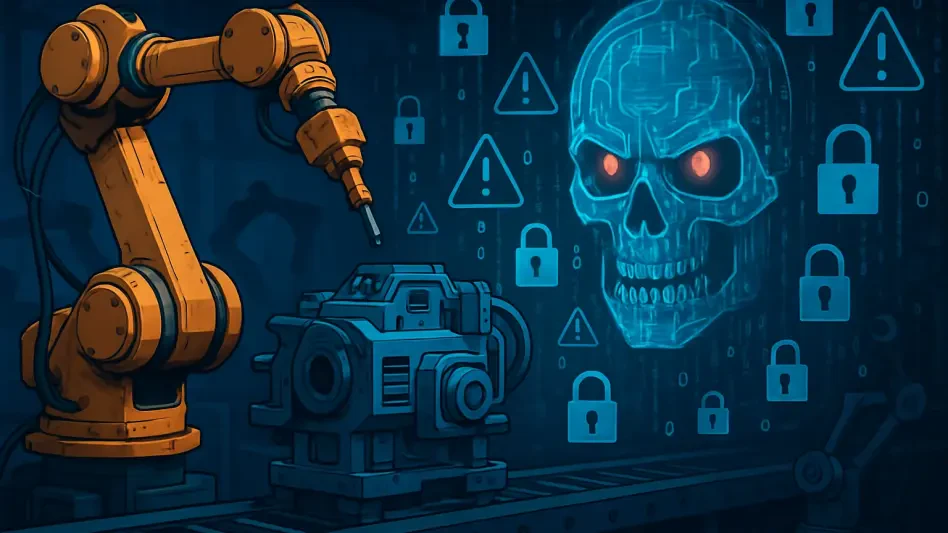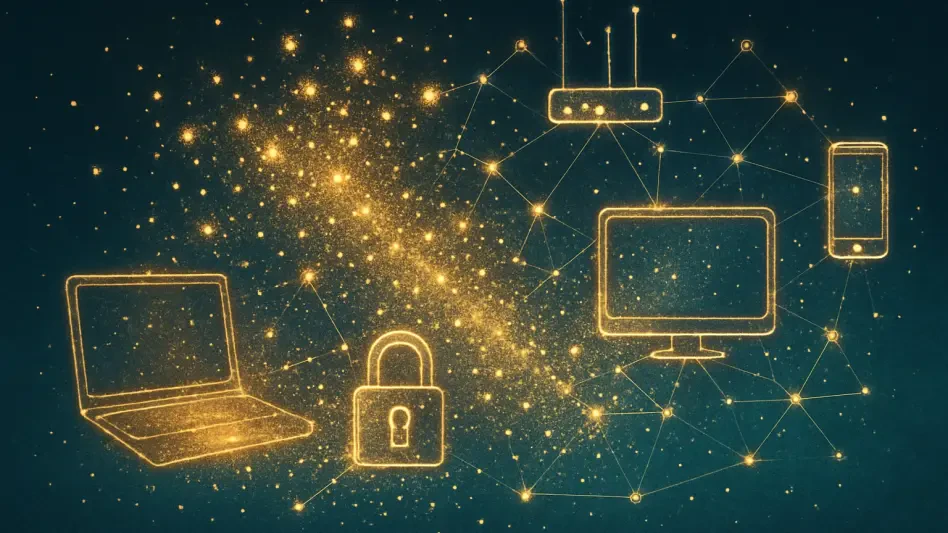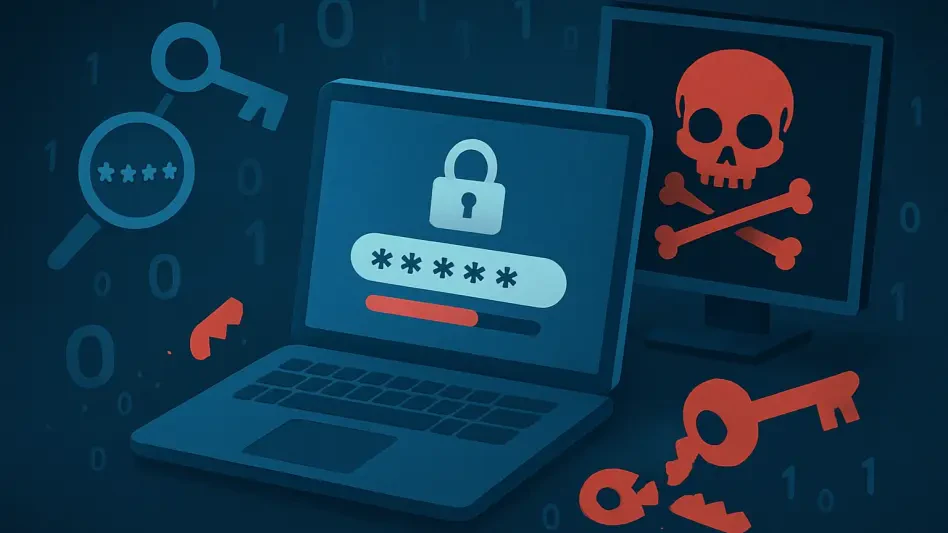The dramatic rise in Distributed Denial of Service (DDoS) attacks in the second half of 2024 has raised serious concerns in the cybersecurity community. According to the latest data from cybersecurity firm Gcore, there has been a staggering 56% rise in DDoS attacks compared to the same period in 2023, and a 17% increase from the first half of 2024. The sheer volume and impact of these attacks are not only alarming but also indicative of a broader, more persistent threat that continues to evolve. Understanding the underlying factors contributing to this surge is essential for developing effective countermeasures and protecting critical infrastructure.
Factors Behind the Surge
Exploitation of Insecure IoT Devices
One of the key factors driving the increase in DDoS attacks is the exploitation of insecure Internet of Things (IoT) devices. Cybercriminals have found these devices to be ripe targets for creating massive botnets, which are networks of compromised devices that can be used to launch large-scale DDoS attacks. These IoT devices, often lacking adequate security measures, provide an easy entry point for attackers to infiltrate and control them remotely. Moreover, the proliferation of such devices has expanded the potential attack surface significantly, enabling cybercriminals to orchestrate more frequent and powerful attacks.
The recent report by Gcore highlighted how attackers leverage these insecure IoT devices to launch shorter but more intense attacks. These brief yet highly concentrated attacks are designed to overwhelm their targets in a matter of minutes, making them harder to detect and mitigate. This trend towards shorter attack durations, with the longest observed attack in ## 2024 lasting only five hours compared to 16 hours in #, suggests that attackers are adapting their strategies to circumvent improved cybersecurity defenses. The shift underscores a need for enhanced security measures specifically tailored to protect IoT devices from being compromised.
Geopolitical Tensions and Cyber Warfare
Another significant factor contributing to the surge in DDoS attacks is the escalation of geopolitical tensions. Nation-state actors and hacktivist groups are increasingly targeting critical infrastructure as a means of exerting influence or causing disruption amidst global conflicts. The technology sector, in particular, has become a prime target due to its potential for widespread disruption and its strategic value. Gcore’s report noted a substantial increase in DDoS attacks on technology companies, with incidents rising from 7% to 19% year-over-year.
An incident in July 2024 serves as a stark reminder of the impact these attacks can have. A DDoS attack on Microsoft resulted in a global outage lasting 10 hours, affecting numerous critical services and highlighting the vulnerabilities even major tech firms face. Similarly, the financial services sector has seen a dramatic uptick in DDoS attacks, with a 117% rise from # 2024. Threat actors often target financial institutions for extortion purposes, exploiting their high stakes in both financial and reputational terms to demand ransom payouts. These examples illustrate the broadening scope of DDoS attacks and the growing sophistication of the attackers behind them.
Impact on Various Sectors
Technology Sector Under Siege
The technology sector has experienced a significant increase in DDoS attacks, driven in part by its high-profile nature and the considerable disruption that successful attacks can cause. From major corporations like Microsoft to smaller tech firms, the industry has become a hunting ground for cybercriminals seeking to maximize their impact. The rise from 7% to 19% in targeted attacks year-over-year underscores the growing attractiveness of this sector to malicious actors. This alarming trend speaks to the broader narrative of cyber warfare, where digital platforms and services play a crucial role in national and economic stability.
While larger companies often have the resources to recover from such attacks, smaller organizations may suffer longer-lasting effects. The increasing frequency and intensity of attacks necessitate robust cybersecurity measures, including enhanced intrusion detection systems and comprehensive incident response plans. Moreover, industry collaboration and information sharing are vital to staying ahead of these threats. The collective effort of the technology sector to build resilient infrastructure and robust defense mechanisms is imperative to safeguarding against this growing menace.
Financial Services: A Prime Target
The financial services sector has emerged as the most targeted by DDoS attacks in the second half of 2024, with a striking 117% increase from the first half of the year. This surge can be attributed to the high potential for financial gain and the significant reputational damage that can result from successful attacks. Financial institutions hold vast amounts of sensitive data and have considerable monetary assets, making them attractive targets for cybercriminals seeking ransom. The high stakes involved make financial services a lucrative target for threat actors employing DDoS tactics to extort money or disrupt operations.
The need for stringent security measures in the financial sector has never been more critical. Institutions must adopt advanced DDoS protection solutions, conduct regular security audits, and invest in staff training to recognize and respond to potential threats. Additionally, regulatory bodies and governments must play an active role in enforcing cybersecurity standards and facilitating cooperation between financial institutions. The focus should be on creating a cohesive defense strategy that ensures the sector’s resilience against the ever-evolving landscape of cyber threats.
Future Considerations and Actionable Steps
Enhancing IoT Security
The rise in DDoS attacks fueled by insecure IoT devices highlights the urgent need for enhanced security protocols. Manufacturers must prioritize security during the design and production phases of IoT devices, incorporating robust security features to prevent exploitation. Users should be educated on the importance of securing their devices, including changing default passwords and applying regular updates. Additionally, regulatory frameworks should be developed to mandate security standards for IoT devices, ensuring that all market participants adhere to best practices.
Collaboration across the industry is crucial to addressing the vulnerabilities posed by IoT devices. Stakeholders, including device manufacturers, cybersecurity firms, and regulatory bodies, must work together to create a secure IoT ecosystem. Efforts should focus on developing and implementing standardized security measures, conducting regular security assessments, and promoting awareness campaigns to educate users. By prioritizing IoT security, the industry can mitigate the risks associated with these devices and reduce their potential as tools for launching DDoS attacks.
Strengthening Cyber Defense Strategies
The significant increase in Distributed Denial of Service (DDoS) attacks in the latter half of 2024 has caused substantial alarm within the cybersecurity field. According to recent statistics from the cybersecurity company Gcore, DDoS attacks have surged by an astonishing 56% compared to the same time frame in 2023, and there has been a 17% rise from the first half of 2024. This dramatic escalation in both frequency and severity of attacks not only causes serious concern but also signals a more pervasive and evolving threat to cybersecurity. Understanding the key factors behind this surge is critical for creating effective defensive strategies and safeguarding essential infrastructure. This includes identifying new methods hackers are using, pinpointing vulnerable targets, and improving our technological defenses. The cybersecurity community must stay ahead of these attackers by continuously updating their knowledge, techniques, and tools to protect against the increasingly sophisticated nature of these threats.

